The world's only repository complex for a nation's intangible cultural heritage has been born.
The National Intangible Heritage Center (NITH) in Jeonju, Jeollabuk-do (North Jeolla Province), has recently opened its doors. It is at the forefront of inheriting and managing for the future Korea's intangible heritage and spreading its value across society at large. It will also protect and pass on to future generations the whole world's intangible cultural heritage.
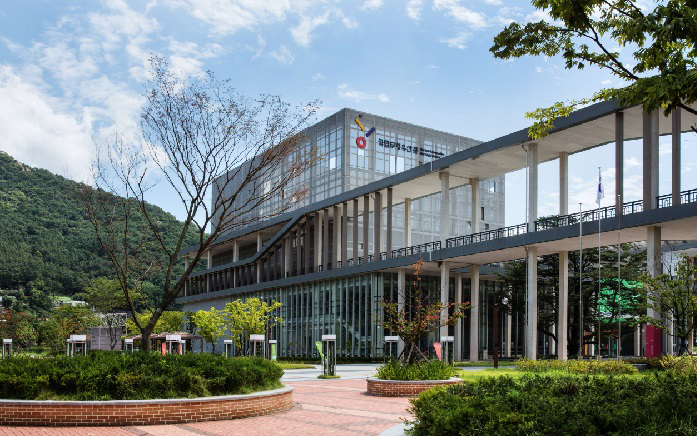
The National Intangible Heritage Center is located in Jeonju, a city known for its traditional music, architecture and cuisine. It consists of a performance hall, the Eolssumaru, a special exhibition hall, the Nurimaru, a permanent exhibition hall, the Yeolinmaru, an archive center, a conference room, the Eoulmaru, and a lecture room, the Jeonseungmaru.
Every building at the center is connected by overhead walkways, reminiscent of the corridors in ancient palaces. Visitors who tour the facilities are always able to get back to their starting point, as the walkways connect the whole complex. The center provides visitors with a venue in which they can enjoy intangible cultural heritage and provides the artists and dancers involved with a location where they can pass on and spread their skills worldwide.
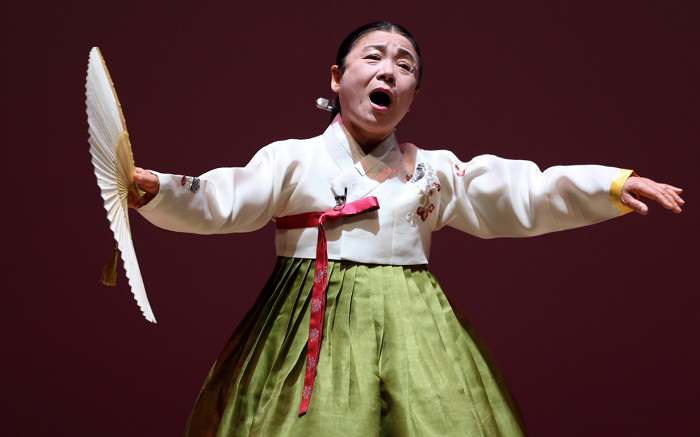
There is currently an ongoing festival to celebrate the opening of the center, running from October 1 to 12. During the festival, audiences will be able to enjoy Peking opera performances from Chinese troupes, apsara dances from Cambodia, anglung dances from Indonesia and ca tru singing from Vietnam, all part of the center's intangible heritage invitation program.
There will also be an international intangible heritage video festival and regular performances of Buddhist dances and traditional mask dances. The festival is a chance for the public to broaden its understanding of traditional song and dance and to spread Korean intangible heritage to a wider audience.
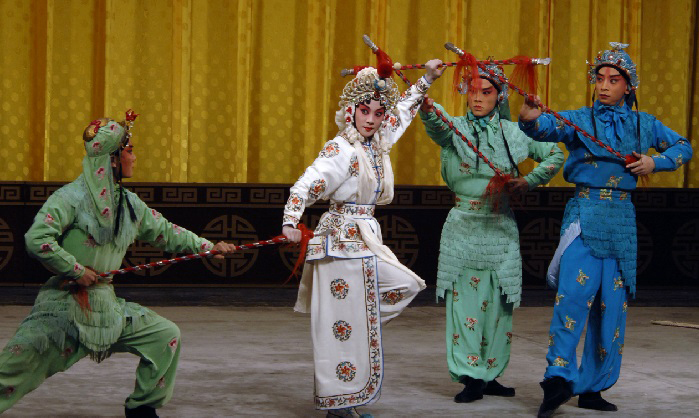
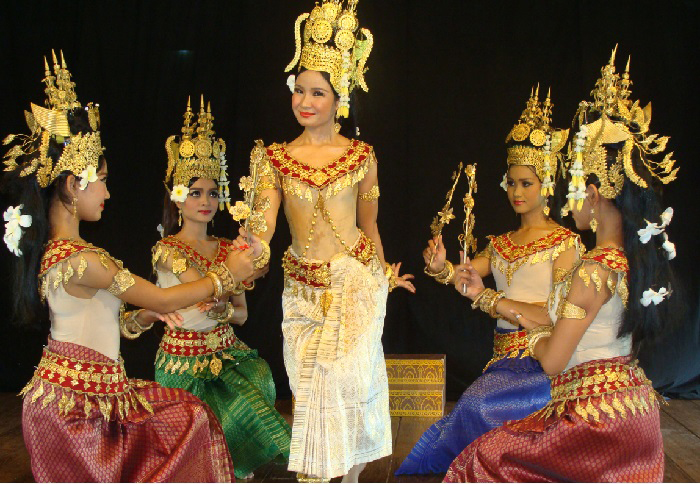
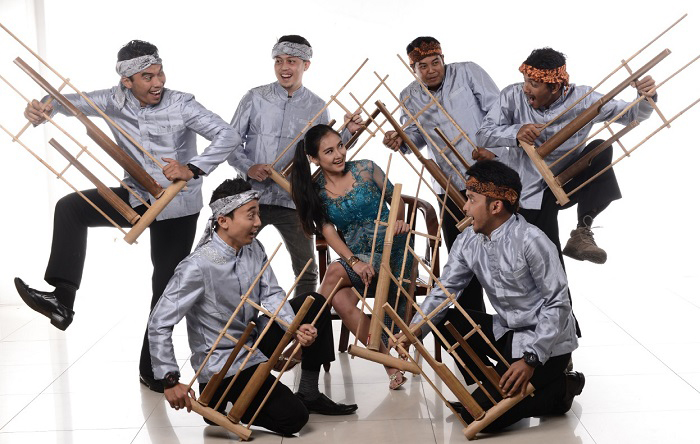
"We will develop the center in a manner so that it not only passes on and supports intangible heritage, but also so that it allows the wider public and the local community to learn about intangible cultural heritage. The center will be a venue where people can communicate and exchange their thoughts about the world's intangible heritage items," said Kim Hong-dong, administrator at the center.
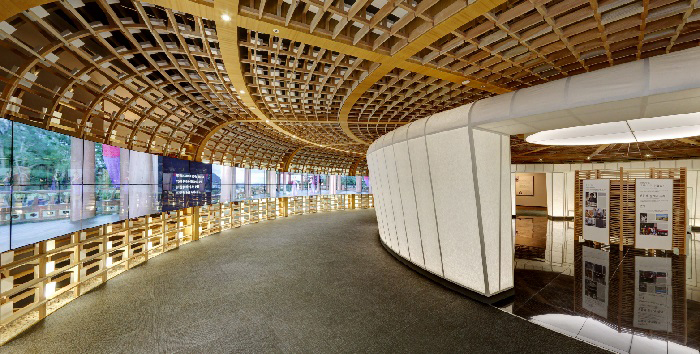
By Lee Jeongrok, Limb Jae-un
Korea.net Staff Writers
Photos courtesy of the NITH
jeongrok@korea.kr

The National Intangible Heritage Center (NITH) in Jeonju, Jeollabuk-do (North Jeolla Province), has recently opened its doors. It is at the forefront of inheriting and managing for the future Korea's intangible heritage and spreading its value across society at large. It will also protect and pass on to future generations the whole world's intangible cultural heritage.

The National Intangible Heritage Center's mission is to receive Korea's intangible cultural heritage from the past, to preserve it and to increase its value for future generations.
The National Intangible Heritage Center is located in Jeonju, a city known for its traditional music, architecture and cuisine. It consists of a performance hall, the Eolssumaru, a special exhibition hall, the Nurimaru, a permanent exhibition hall, the Yeolinmaru, an archive center, a conference room, the Eoulmaru, and a lecture room, the Jeonseungmaru.
Every building at the center is connected by overhead walkways, reminiscent of the corridors in ancient palaces. Visitors who tour the facilities are always able to get back to their starting point, as the walkways connect the whole complex. The center provides visitors with a venue in which they can enjoy intangible cultural heritage and provides the artists and dancers involved with a location where they can pass on and spread their skills worldwide.

An Sun-seok, a master singer and a holder of an intangible heritage skill, is responsible for the festival.
There is currently an ongoing festival to celebrate the opening of the center, running from October 1 to 12. During the festival, audiences will be able to enjoy Peking opera performances from Chinese troupes, apsara dances from Cambodia, anglung dances from Indonesia and ca tru singing from Vietnam, all part of the center's intangible heritage invitation program.
There will also be an international intangible heritage video festival and regular performances of Buddhist dances and traditional mask dances. The festival is a chance for the public to broaden its understanding of traditional song and dance and to spread Korean intangible heritage to a wider audience.



(From top) The center's intangible heritage invitation program features Peking opera shows from China, apsara dances from Cambodia and anglung dances from Indonesia.
"We will develop the center in a manner so that it not only passes on and supports intangible heritage, but also so that it allows the wider public and the local community to learn about intangible cultural heritage. The center will be a venue where people can communicate and exchange their thoughts about the world's intangible heritage items," said Kim Hong-dong, administrator at the center.

The permanent exhibition hall is at the newly-opened National Intangible Heritage Center in Jeonju, Jeollabuk-do.
By Lee Jeongrok, Limb Jae-un
Korea.net Staff Writers
Photos courtesy of the NITH
jeongrok@korea.kr
